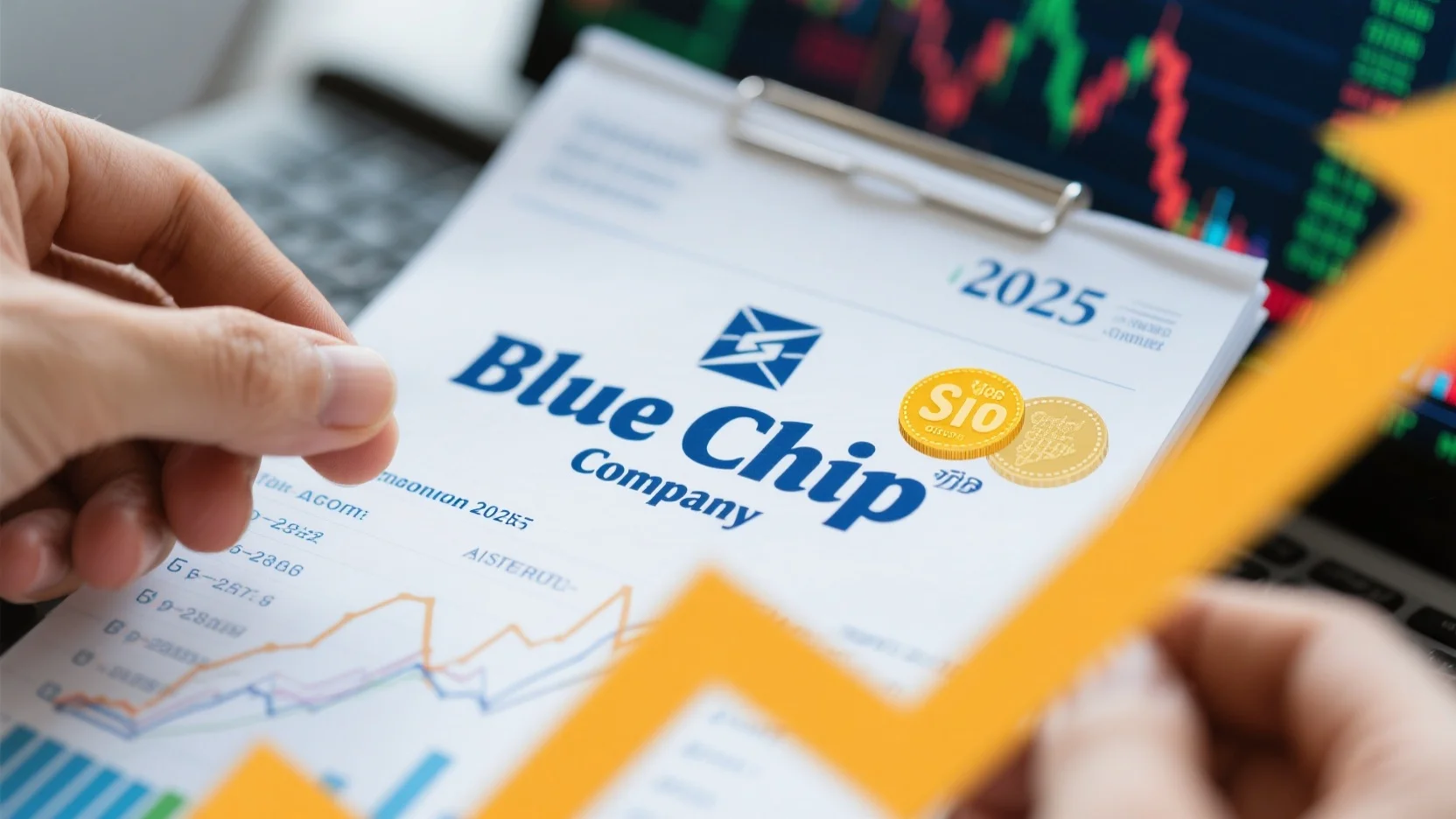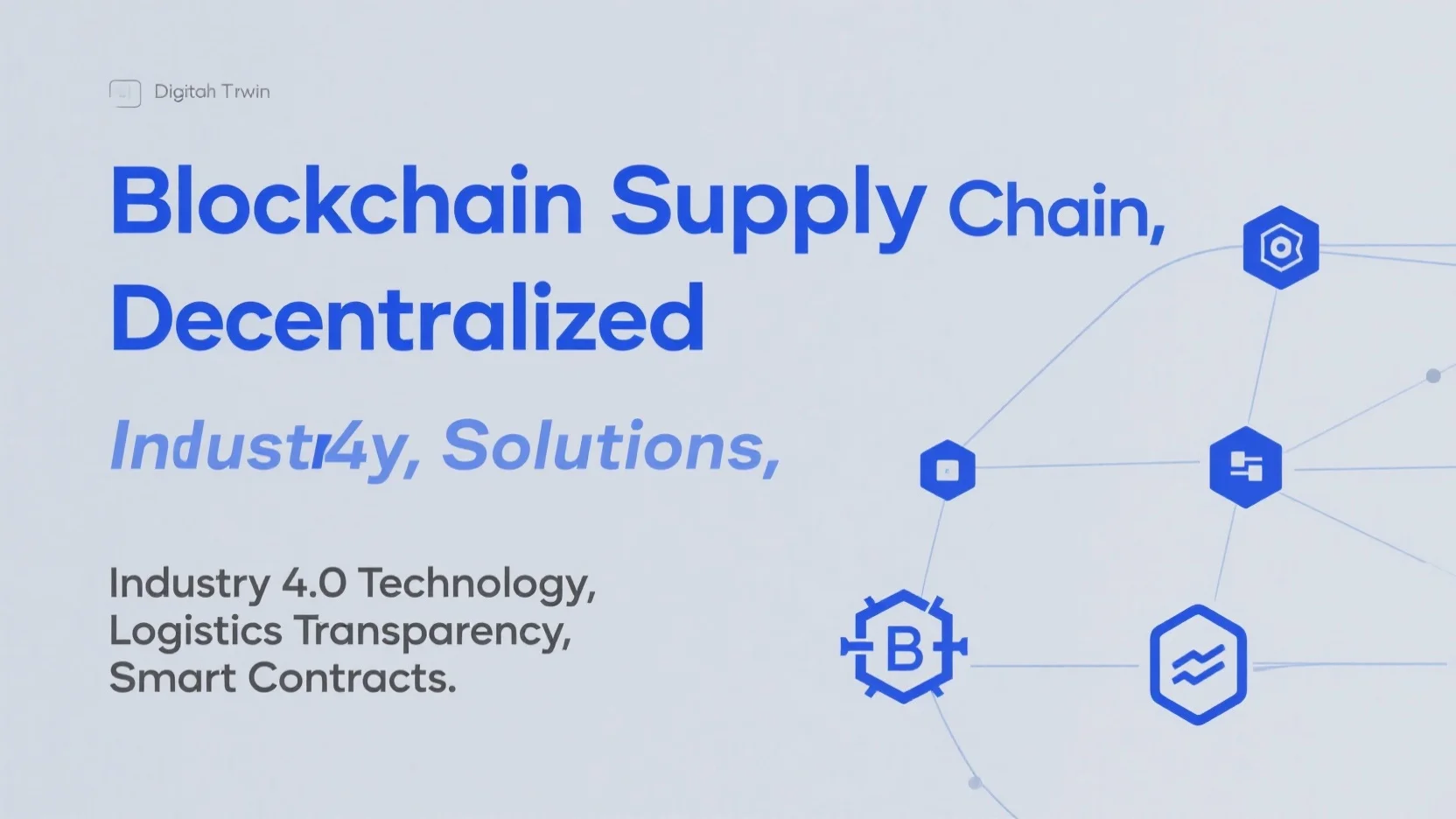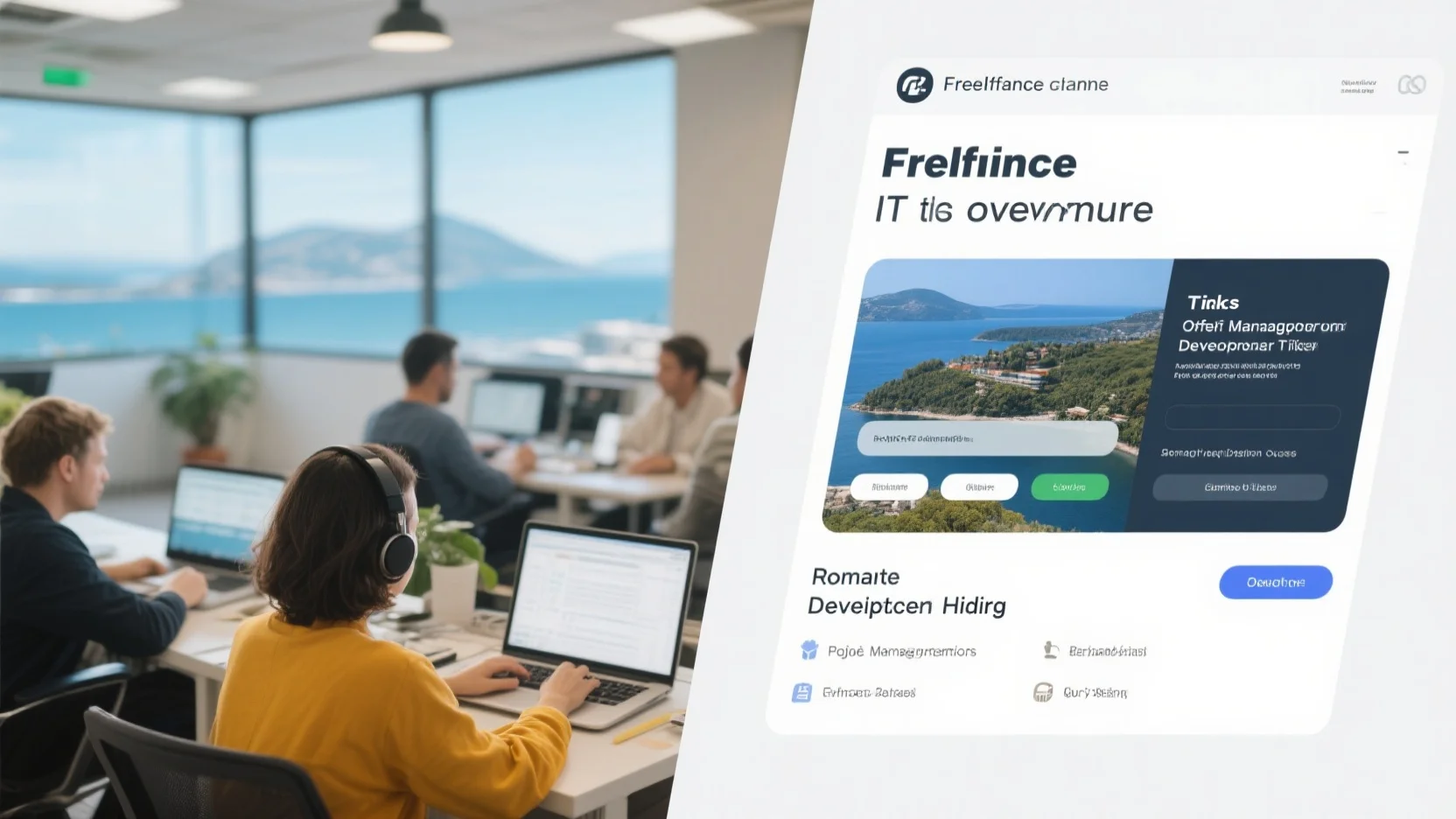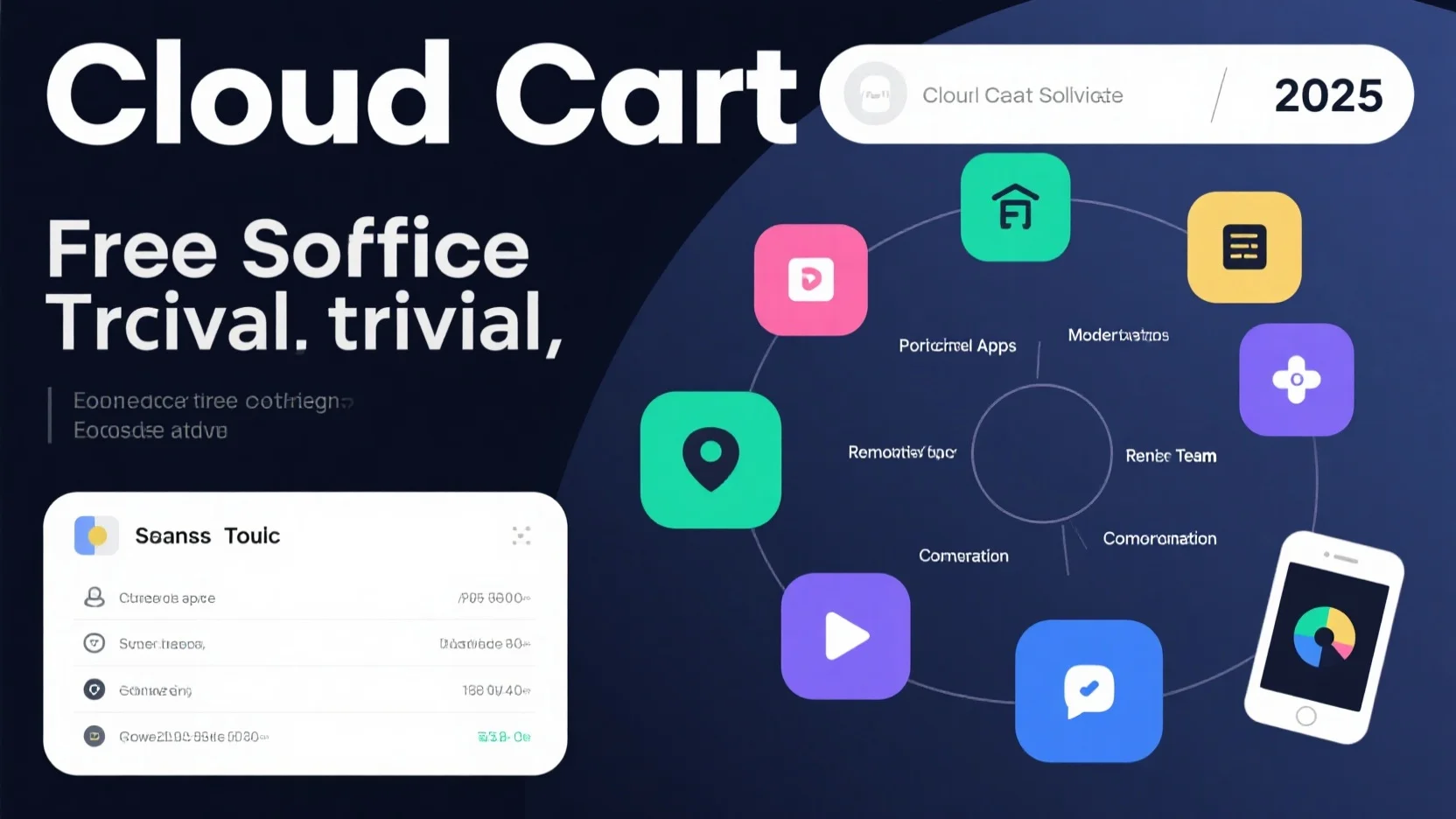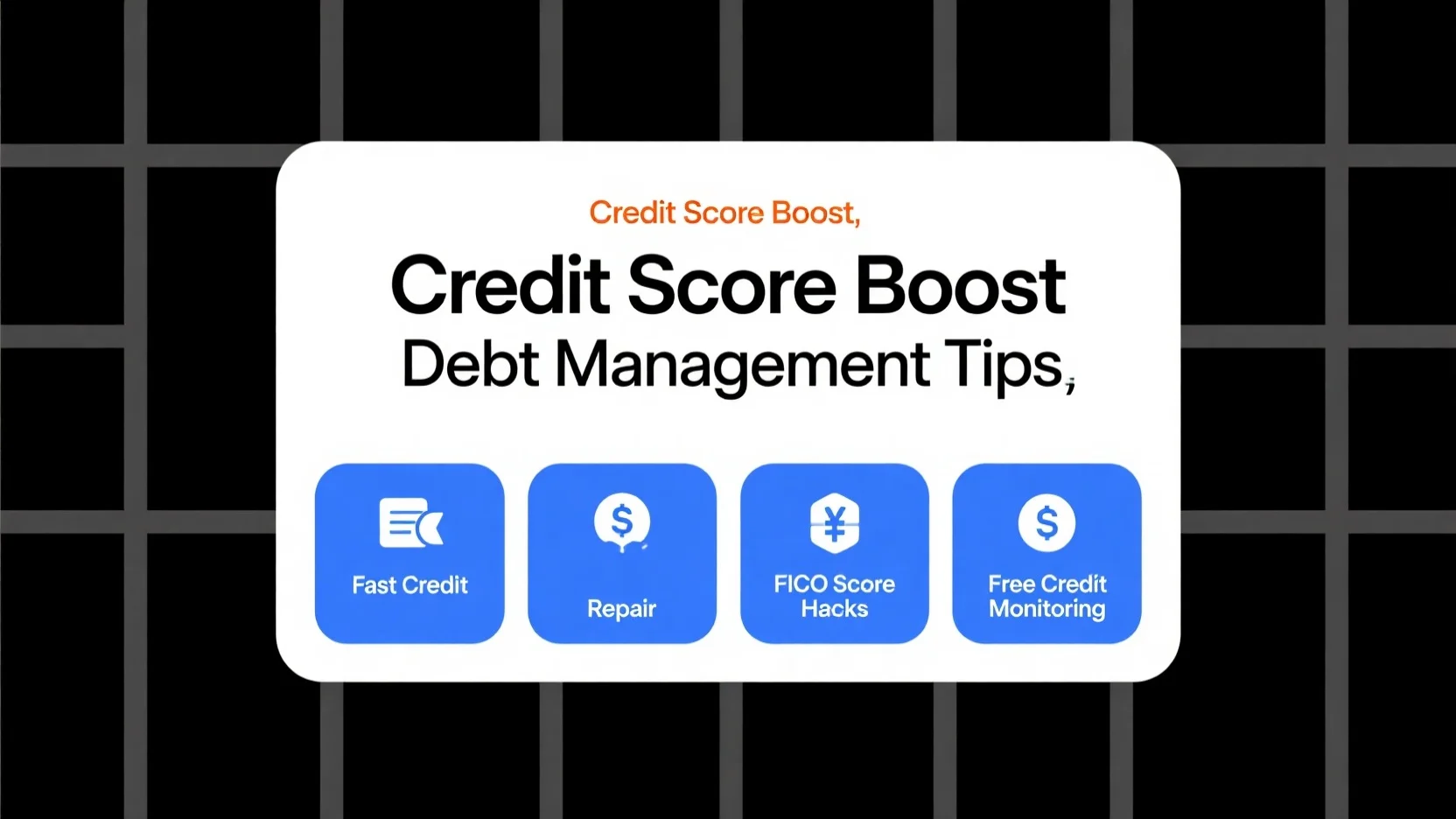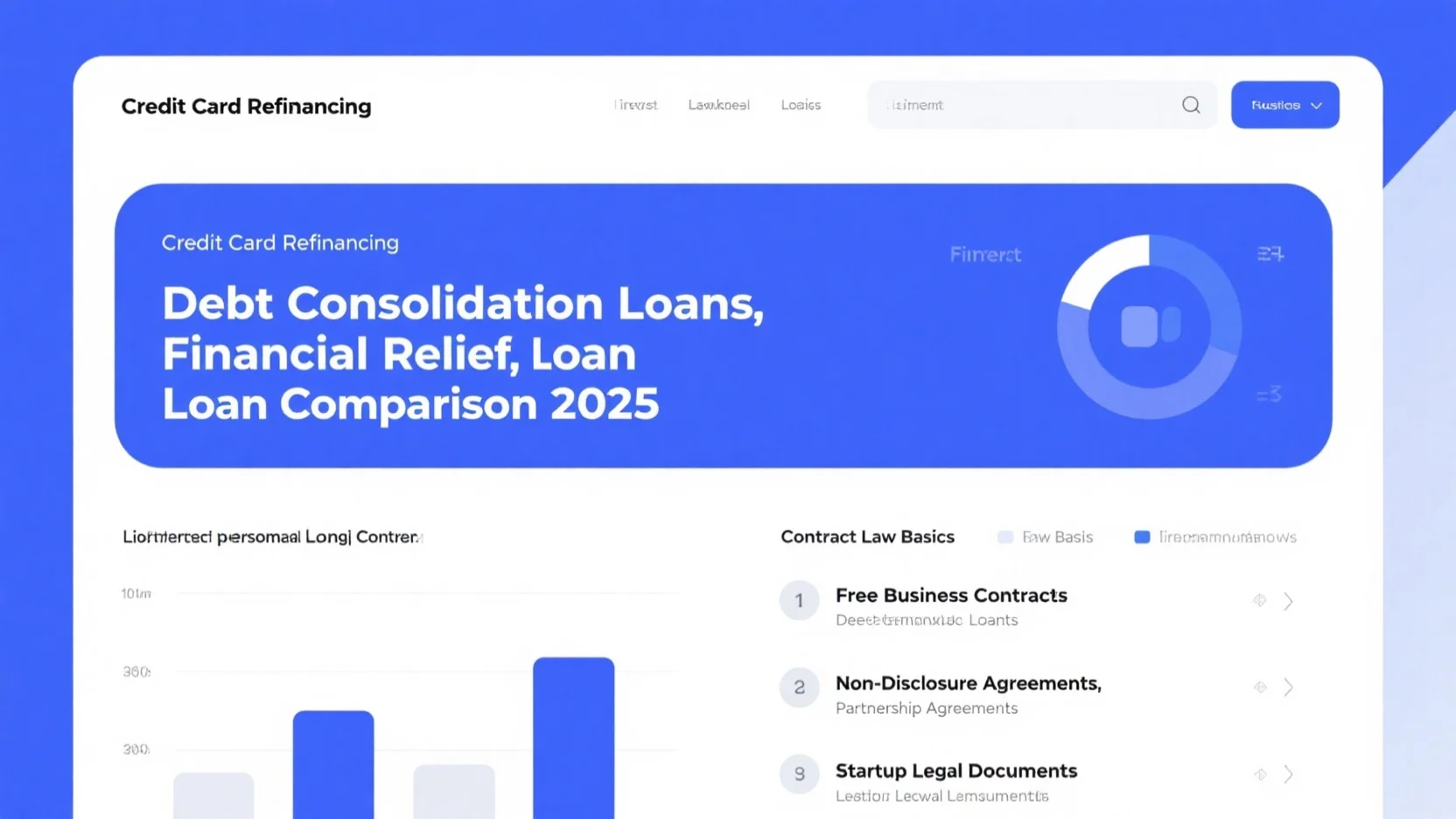Image Source: pexels
Managing multiple high-interest debts can feel overwhelming. The Best Low-Interest Personal Loans for Debt Consolidation in 2025 offer a practical solution for this issue. These loans combine various debts into one, often with a lower interest rate. This approach simplifies payments, reduces financial stress, and saves money. For instance, consolidating credit card debt with SoFi or LightStream loans can lower monthly payments and improve credit scores. Additionally, a single payment reduces anxiety and helps borrowers focus on faster debt elimination.
Key Takeaways
- Combining high-interest debts into one low-interest loan makes payments easier.
- To pick the best loan, compare rates, fees, and terms.
- A better credit score and less debt can help you get a low-interest loan.
Top Low-Interest Personal Loans for Debt Consolidation in 2025
Upgrade: Best Overall for Debt Consolidation
When I think about debt consolidation, Upgrade stands out as the best overall option. It offers affordable loans ranging from $10,000 to $50,000 with fixed rates that never change. This stability makes budgeting easier. One feature I appreciate is the direct payment option, which sends funds straight to creditors. This simplifies the consolidation process and ensures debts are paid off efficiently. The application process is quick and hassle-free, with pre-approval in minutes that doesn’t impact your credit score. Upgrade also allows borrowers to customize payments, including automatic payments and flexible due dates. Here’s a breakdown of its key features:
| Feature | Description |
|---|---|
| Loan Amounts | Affordable loans from $10,000 – $50,000 with low fixed rates that will never change. |
| Direct Payment Options | Funds can be sent directly to creditors, simplifying the debt consolidation process. |
| Application Process | Quick online application with pre-approval in minutes and no impact on credit score. |
| Customizable Payments | Automatic payments and customizable due dates make managing the loan easier. |
| Review Options | Ability to review multiple loan options to find the best fit for budget and timeline. |
LightStream: Lowest Rates for High Credit Scores
LightStream is ideal for borrowers with excellent credit. I’ve noticed that its interest rates range from 7.49% to 25.99%, which is competitive for high-credit-score borrowers. To qualify, you need a strong credit history and a healthy debt-to-income ratio. Loan amounts start at $5,000 and go up to $100,000, offering flexibility for different needs. Repayment terms vary from 2 to 12 years for specific loans and 2 to 7 years for others.
| Loan Amounts | Loan Terms |
|---|---|
| Starts at $5,000 | 2 to 12 years for specific loans |
| Up to $100,000 | 2 to 7 years for other loans |
LendingClub: Best for Direct Creditor Payments
LendingClub simplifies debt consolidation with its direct payment feature. I find this option particularly useful because it allows borrowers to pay creditors directly through the platform. You can specify who to pay and how much, locking in a lower APR while saving time. This feature streamlines the process, turning multiple debts into one manageable monthly payment.
Upstart: Best for Borrowers with Bad Credit
Upstart is a great choice for borrowers with bad credit. It evaluates over 1,000 data points beyond just your credit score, offering a more comprehensive view of your financial situation. This approach opens doors for individuals who might struggle with traditional lenders. Loan amounts range from $1,000 to $50,000, with fixed rates between 6.7% and 35.99% APR. Plus, there are no prepayment fees, which is a big advantage.
| Feature | Details |
|---|---|
| Loan Amounts | $1,000 to $50,000 |
| Fixed Rates | 6.7% to 35.99% APR |
| Prepayment Fees | None |
Happy Money: Best for Credit Card Debt Consolidation
Happy Money specializes in credit card debt consolidation with its Payoff Loan. Borrowers need a minimum credit score of 640 to qualify. The maximum interest rate is 17.48%, which is lower than many competitors. Happy Money makes direct payments to creditors, ensuring debts are settled efficiently. I’ve seen borrowers benefit from its streamlined application process and personalized support, including welcome calls and quarterly check-ins.
| Feature | Description |
|---|---|
| Direct Payments to Creditors | Happy Money makes payments directly to creditors, ensuring that debts are settled efficiently. |
| Lower Interest Rates | The highest interest rate is 17.48%, significantly lower than the 36% cap at other lenders. |
| Streamlined Application | The application process is designed to be simple and quick, making it easier for borrowers. |
Comparing the Best Personal Loans for Debt Consolidation
Interest Rates and APRs
When comparing personal loans, I always start with interest rates and APRs. These determine how much the loan will cost over time. Borrowers with excellent credit scores (720+) often secure the lowest rates, averaging 17.43% APR. However, those with lower credit scores may face significantly higher rates. For example, borrowers with scores between 580-619 might encounter APRs as high as 117.65%.
Here’s a quick breakdown of average APRs based on credit scores:
| Credit Score Range | Average APR | Average Loan Amount |
|---|---|---|
| 720+ | 17.43% | $18,523 |
| 680-719 | 30.65% | $14,395 |
| 580-619 | 117.65% | $4,432 |
Understanding these rates helps me identify the most affordable options for debt consolidation.
Loan Terms and Repayment Periods
Loan terms and repayment periods play a crucial role in managing monthly payments. Shorter terms often mean higher monthly payments but lower overall interest costs. For instance, LightStream offers terms ranging from 2 to 12 years, providing flexibility for borrowers. I recommend choosing a term that balances affordability with long-term savings.
Fees and Additional Costs
Fees can add up quickly, so I always review them carefully. Common fees include origination fees, late payment fees, and prepayment penalties. Origination fees, for example, range from 1% to 10% of the loan amount. Here’s a table summarizing typical fees:
| Fee Type | Description | Typical Amount |
|---|---|---|
| Loan origination fee | A percentage of the loan amount, deducted at funding. | 1% – 10% |
| Late payment fee | Charged for missed payments. | $10 – $100 |
| Prepayment penalty | A fee for paying off the loan early. | 1% – 2% of loan amount |
By understanding these costs, I can avoid surprises and choose a loan that fits my budget.
Eligibility Requirements
Meeting eligibility requirements is essential for approval. Most lenders prioritize credit scores, debt-to-income ratios, and financial history. Here’s what I typically check:
- Credit Score: A score of 700+ often secures the best rates, though some lenders accept lower scores.
- Debt-to-Income Ratio: This should ideally stay below 45%.
- Loan Amount: I calculate the total amount needed to consolidate my debts.
- Lender Comparison: I compare APRs, fees, and reviews to find the best fit.
By preparing these details, I increase my chances of approval for the Best Low-Interest Personal Loans for Debt Consolidation in 2025.
How to Choose the Right Loan for Your Needs
Assessing Your Financial Situation
Before choosing a loan, I always start by evaluating my financial situation. I look at my income, expenses, and overall budget. This helps me understand how much I can afford to repay each month without straining my finances. I also consider my existing debts and calculate my debt-to-income ratio. Keeping this ratio below 45% improves my chances of approval and ensures I can manage the new loan comfortably.
Evaluating Loan Features and Benefits
When comparing loans, I focus on their features and benefits. Here’s how I approach it:
- I assess my repayment ability to ensure I can handle monthly payments.
- I align the loan type with its purpose. For example, I choose a debt consolidation loan to combine multiple debts into one.
- I review interest rates, repayment terms, and any additional perks like direct creditor payments or flexible due dates.
This process helps me identify the loan that best fits my needs.
Understanding the Total Cost of the Loan
I never overlook the total cost of a loan. Beyond the interest rate, I check for origination fees, late payment charges, and prepayment penalties. These hidden costs can add up quickly. For instance, a loan with a low interest rate but high fees might cost more in the long run. I use online calculators to estimate the total repayment amount, which gives me a clear picture of what I’ll owe.
Reading Customer Reviews and Ratings
Customer reviews provide valuable insights into a lender’s reliability. I read reviews to learn about others’ experiences with the application process, customer service, and repayment flexibility. High ratings often indicate trustworthy lenders. I also pay attention to recurring complaints, as they might signal potential issues. This step ensures I choose a lender that aligns with my expectations.
Tip: Combining these steps helps me find the Best Low-Interest Personal Loans for Debt Consolidation in 2025 that suit my financial goals.
Tips for Improving Loan Eligibility and Managing Debt
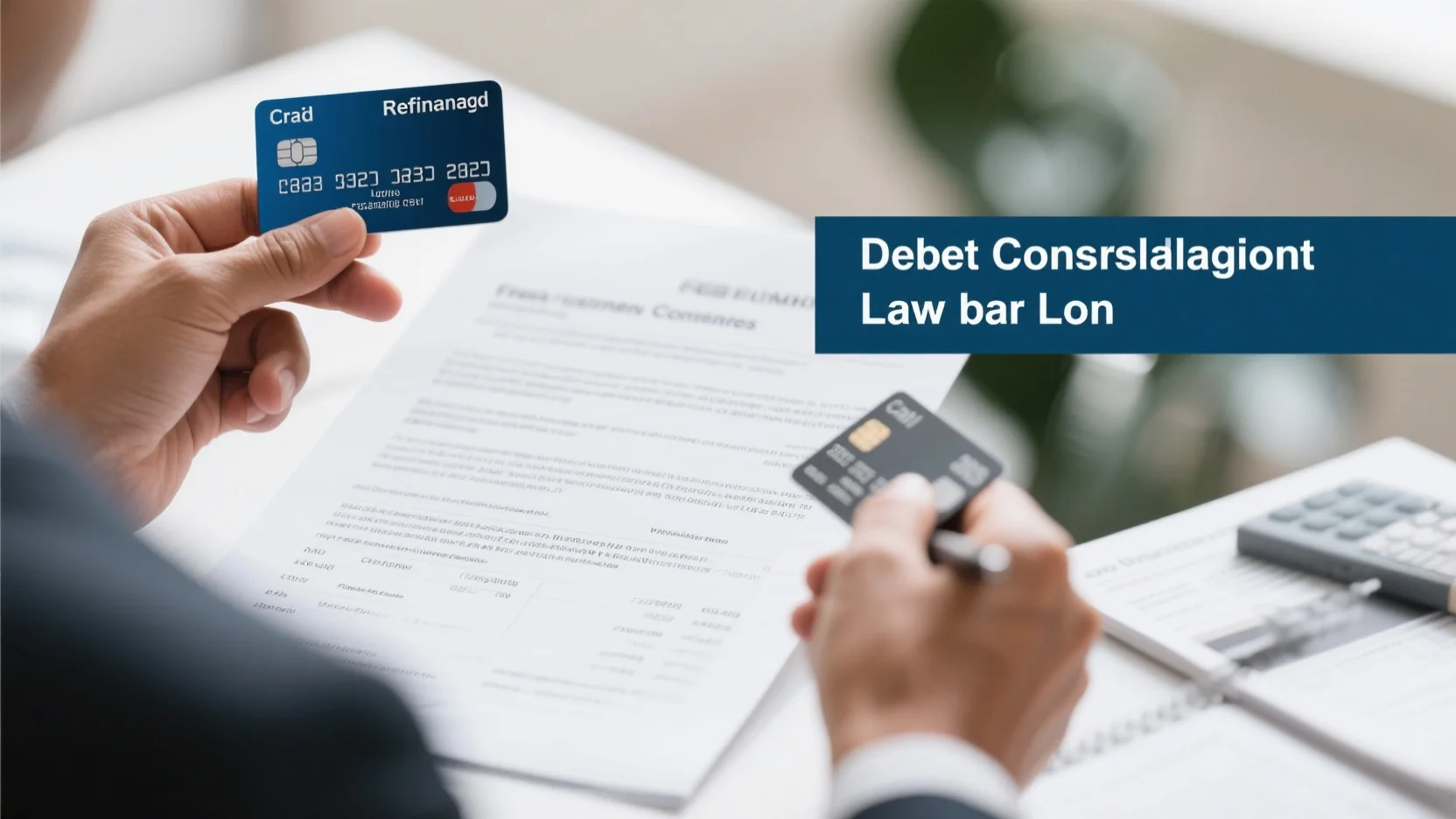
Image Source: pexels
Boosting Your Credit Score
Improving my credit score has always been a priority when applying for loans. I focus on paying my bills on time because payment history makes up 35% of my score. I also keep my credit utilization ratio below 30%. For example, if I have a credit limit of $10,000, I try not to use more than $3,000. Regularly checking my credit report helps me spot errors that could hurt my score. If I find any inaccuracies, I dispute them immediately. These steps ensure my credit score stays healthy, increasing my chances of securing a low-interest loan.
Reducing Your Debt-to-Income Ratio
A low debt-to-income (DTI) ratio shows lenders that I can manage my debts responsibly. To reduce my DTI, I focus on paying off smaller debts first. This approach frees up more of my income for larger obligations. I also avoid taking on new debt while preparing for a loan application. For instance, I hold off on financing a car or opening new credit cards. By keeping my DTI below 45%, I improve my eligibility for better loan terms.
Gathering Necessary Documentation
When applying for a personal loan, I make sure to gather all required documents in advance. Most lenders ask for the following:
- Application form: This includes personal details and the purpose of the loan.
- Proof of identity: I provide two forms of ID, such as my driver’s license and passport.
- Employer and income verification: Pay stubs or tax returns help prove my income.
Having these documents ready speeds up the application process and shows lenders that I’m prepared.
Creating a Debt Repayment Plan
A solid repayment plan keeps me on track and reduces financial stress. I start by listing all my debts, including balances, interest rates, and due dates. Then, I set priorities, focusing on high-interest debts first. Budgeting plays a key role, so I allocate a portion of my income specifically for debt repayment. I also explore strategies like the snowball or avalanche method to accelerate the process. Using tools like budgeting apps helps me stay organized and motivated to reach my goals.
Tip: Combining these strategies not only improves loan eligibility but also builds better financial habits for the future.
Choosing the right loan starts with comparing options and aligning them with your financial goals. I always assess my income, expenses, and repayment ability before deciding. Understanding the purpose of the loan helps me secure favorable terms. The Best Low-Interest Personal Loans for Debt Consolidation in 2025 simplify debt repayment and reduce financial stress.
FAQ
What is the main benefit of consolidating debt with a personal loan?
It simplifies repayment by combining multiple debts into one. This reduces financial stress and often lowers the overall interest rate, saving money over time.
Can I qualify for a low-interest loan with bad credit?
Yes, some lenders, like Upstart, consider factors beyond credit scores. Improving your credit score and reducing your debt-to-income ratio can also increase your chances.
How do I know if a loan is right for me?
I evaluate the loan’s interest rate, fees, and repayment terms. I also check if the monthly payment fits my budget and aligns with my financial goals.
